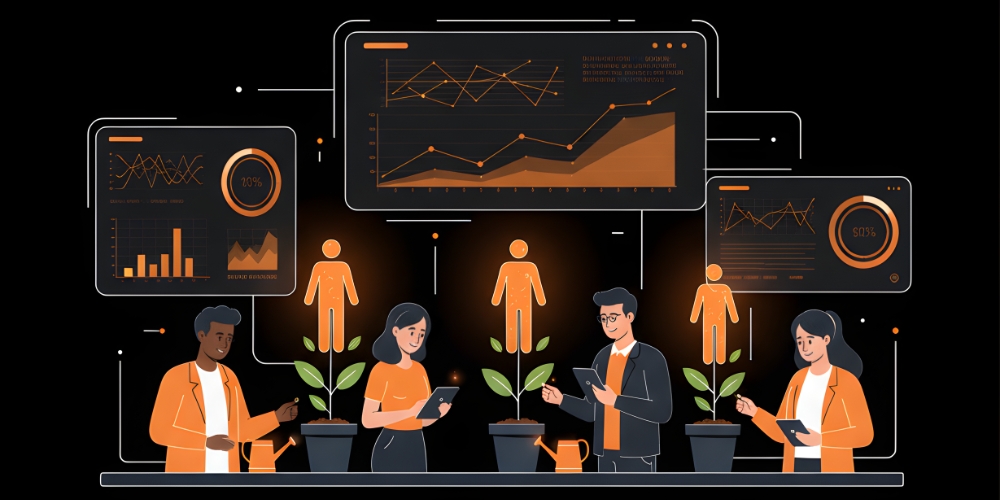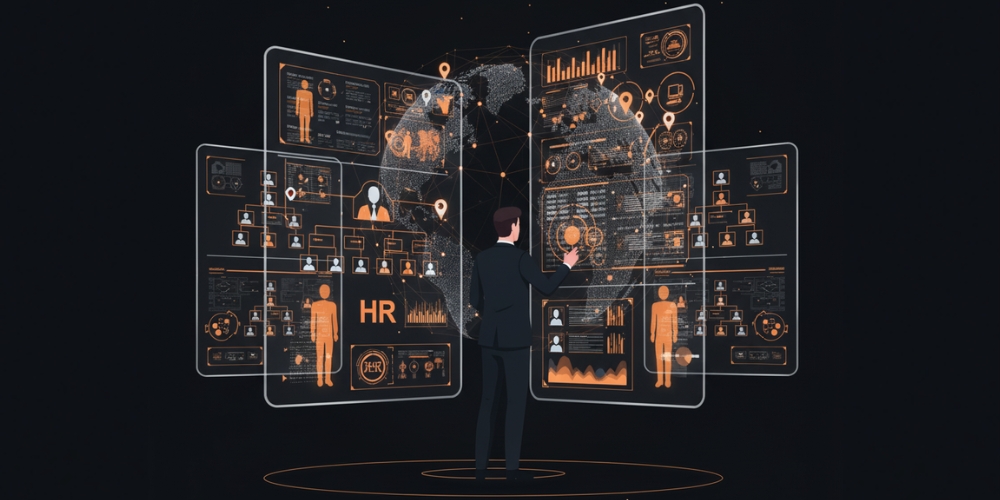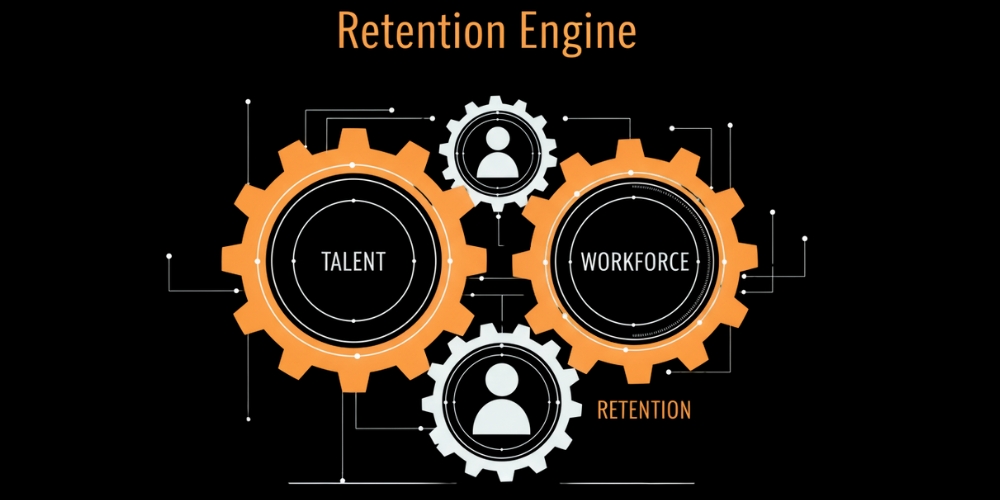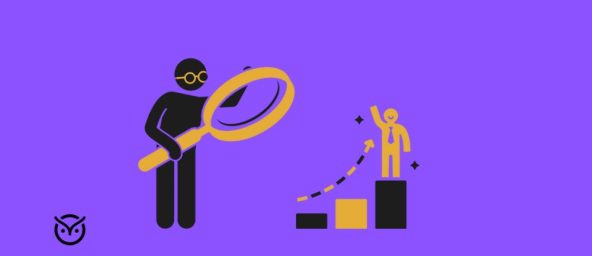
TL;DR
- Talent management and workforce planning keep and grow people.
- Link development, forecasting and retention for results.
- Manage talent development and workforce planning to prevent gaps.
- Know the difference between workforce planning and talent management.
- Mixing workforce management vs workforce planning increases turnover.
Too many organizations treat retention like a side-project: we’ll hire people, hope they stay and scramble when someone leaves. But the truth is, when you lack a clear view of your people pipeline, your future skills and your workforce gaps, you end up losing more than you expect.
That is why a deliberate focus on talent management and workforce planning matters. In this blog, you’ll learn what each of these strategies means, how they connect to retention, the common mistakes companies make and how to begin aligning them so you keep your talent longer, fill the right roles at the right time and reduce turnover.
What Is Talent Management (and Why It Matters)

Talent management is not just hiring someone and hoping they do well. It includes giving people clear paths, support, growth opportunities and recognizing the value they bring.
Engaged employees perform better and stay longer. For example, companies that excel in talent management report employees who are fully engaged performing around 20% better and being 87% less likely to quit. Also, only 29% of employees feel their company truly supports their well-being which signals a big gap in how we manage talent.
Talent Myths vs Reality
Tap or press Enter on any card to flip. Press again to flip back.
What Is Workforce Planning?

Workforce planning is the process of ensuring you have the right people with the right skills in the right roles at the right time. It goes beyond reacting to vacancies and instead involves forecasting future needs, assessing current supply, identifying gaps and creating plans to fill them.
In many companies, the focus is simply on hiring for today’s problems. But with workforce planning, you look at what you will need in 1-3 years, what skills may be obsolete, which roles may change because of technology or market shifts. For example, a recent reference showed that up to 30% of current work hours in some economies may be replaced by automation by 2030.
Part of this is workforce planning and analytics: using data, trends and scenario modeling to guide decisions rather than gut instinct. With the right data, you can answer questions like: Will our skills pipeline support future growth? Will turnover or retirement create holes we cannot fill quickly?
Workforce Planning: Build Your Ideal Team
Drag each role into the right slot. Fill all slots to reach 100% Team Readiness.
The Link Between Talent Management, Workforce Planning and Retention

When you bring talent management and workforce planning together, you get a powerful engine for retention. Here is how the link works:
- Workforce planning enables you to forecast future gaps and build development pipelines. When someone sees a roadmap for their career, they are more likely to stay.
- Talent management ensures you’re not just filling roles but growing and engaging people. When growth is visible, retention improves.
- When turnover is anticipated (via workforce forecasting) you are prepared rather than reactive, so people don’t feel like “we only notice you when you leave.” Then retention suffers.
- Data-driven insight (via “workforce planning and analytics”) shows you where risks are, who may leave which roles may be critical and whether you can intervene earlier. For example, one report found that only 31% of organizations track new-hire performance and only 20% measure the effectiveness of retention initiatives.
- Finally, doing both reduces the vicious cycle of “we lost someone, now panic hire, now they leave too.” Instead, you can do “we see a risk, let’s fill a gap internally, develop talent, retain the person.”
The Link Between Talent Management, Workforce Planning, and Retention
Click each circle to see how these three parts connect to strengthen your organization.
Why These Strategies Improve Retention

Retention improves when your people know you have a plan for them, not just a contract. Companies that blend talent management and workforce planning build clear career paths, develop needed skills and fill roles from within instead of constantly hiring from outside.
When workers see their future inside the organization, loyalty rises naturally. Talent management ensures they are trained and recognized. Workforce planning ensures they are placed where their skills create the most impact. Together, they build a sense of purpose.
Another driver is anticipation. Through workforce forecasting, companies can predict when teams will face shortages or when top performers may leave. This allows HR leaders to act early whether by upskilling, rotating roles or redesigning jobs before disengagement begins. In short, employees stay because they feel seen, supported and prepared for what’s next.
Common Mistakes Companies Make

Even the smartest HR teams slip when they confuse workforce management vs workforce planning. Managing the day-to-day (attendance, scheduling, payroll) is not the same as planning for future needs. The first is operational, the second is strategic. When companies blur these lines, they end up reacting to turnover instead of preventing it.
Another mistake is treating talent management as a one-time onboarding exercise. Employees get excited when hired but lose energy when no one checks on their progress after six months. A culture of “set and forget” sends the message that growth has an expiration date.
The third pitfall: ignoring data. Without key metrics in workforce planning, HR leaders fly blind. Metrics such as internal mobility rate, skill gap index and critical role vacancy duration help reveal early risks. A company that tracks these can spot issues long before they turn into exits.
And finally, many firms keep talent development plans hidden at the leadership level. When employees cannot see what’s next, they look elsewhere. Transparency builds trust and secrecy builds LinkedIn activity.
Common Mistakes: Spot the Error
Pick the stronger scenario. Get instant feedback. Then move to the next pair.
You will see the reasoning here after your choice.
How to Align Talent Management and Workforce Planning (Step-by-Step)

Bringing these two together doesn’t require a massive system overhaul. It needs clarity and sequence.
Define future business goals.
Begin by clarifying where your organization is heading in the next 12–24 months. Without that, any form of workforce planning is guesswork.
Audit your current workforce.
Use workforce planning and analytics tools to map who you have, what they can do and what skills are missing. This provides a data-driven base instead of assumptions.
Identify gaps and risks.
Pinpoint skill shortages, leadership succession gaps and upcoming retirements. Look at both short-term needs and long-term trends.
Build talent pipelines.
Talent pipelines show how to manage talent development and workforce planning. Design learning paths that align with your skill gaps. Offer reskilling and mentorship before you need to hire externally.
Integrate with business forecasting.
Your HR strategy should evolve alongside your business model. Tie hiring and development budgets to projected demand not just historical turnover.
Review and measure.
Use ongoing reporting such as retention rates, internal promotion percentages and engagement surveys, to test if alignment is working. Adjust frequently; this is not a “set once and forget” model.
Conclusion
Retention is not about keeping everyone forever. It’s about keeping the right people long enough to make a difference. When talent management and workforce planning operate together, employees feel part of a journey, not just a job.
Companies that forecast their needs, develop their teams and measure the impact of both will always outlast those who wait for problems to appear. If retention has been a guessing game, now is the time to make it a planned outcome.
FAQs: Talent Management, Workforce Planning, Retention
Click a question to reveal the answer.
Talent management focuses on attracting, developing, and retaining people. Workforce planning looks at the organization’s structure and future skill needs. One builds people, the other builds readiness.
They create clear growth paths and trust. When people see a path ahead and know the company invests in their development, they are less likely to leave.
Data highlights risks before they become exits. Analytics helps HR find turnover patterns, predict skill gaps, and act early instead of reacting late.




